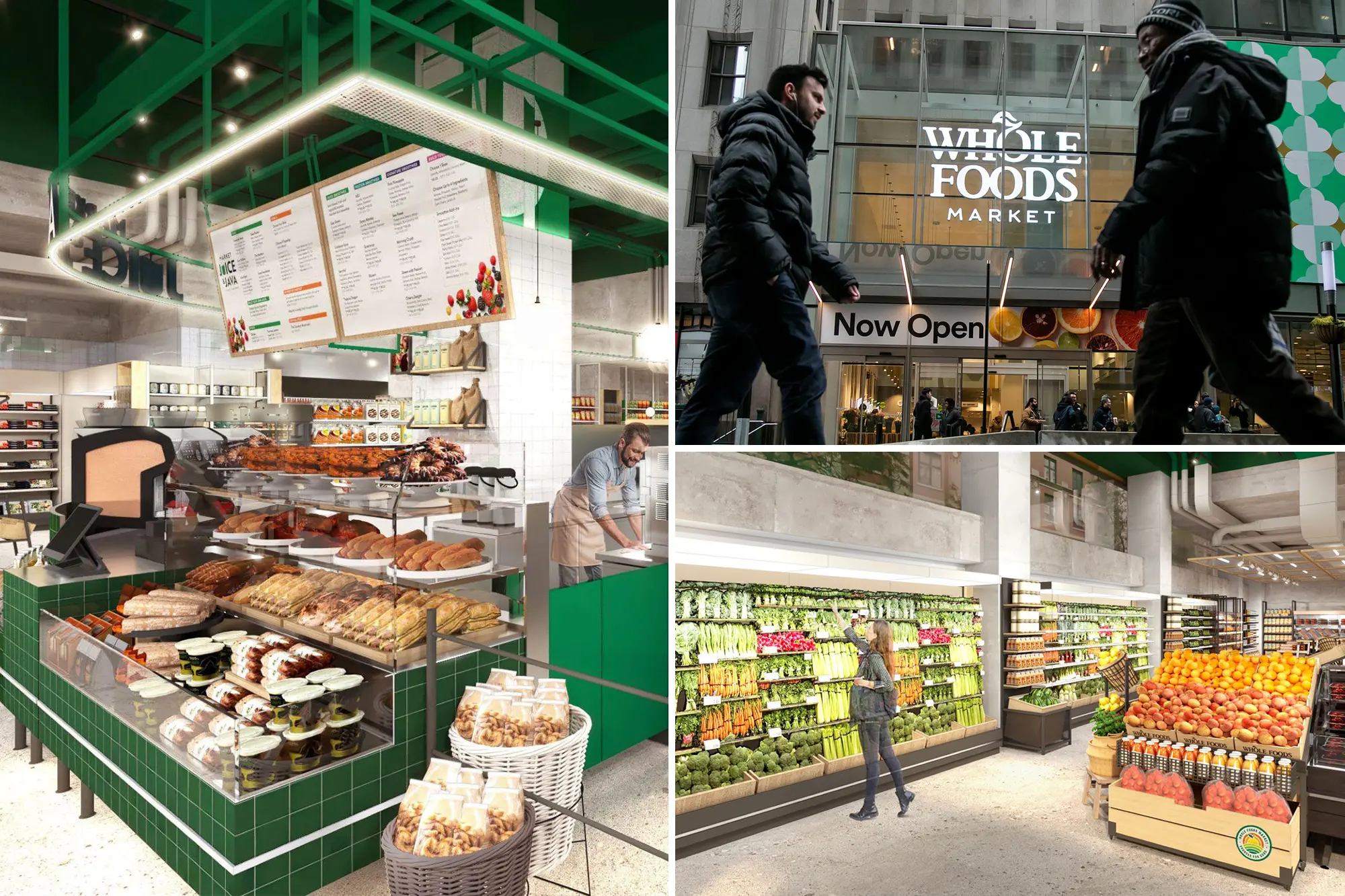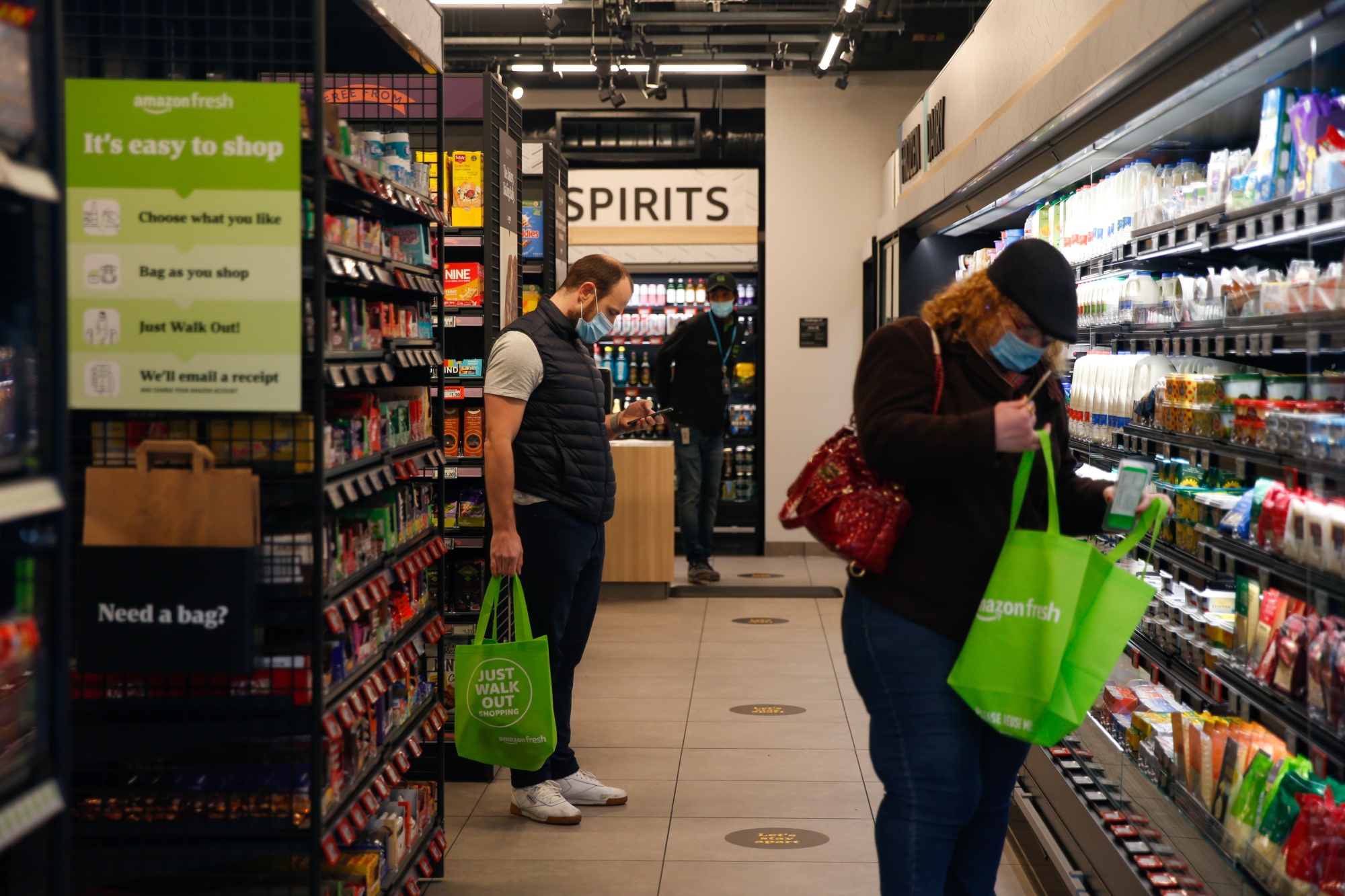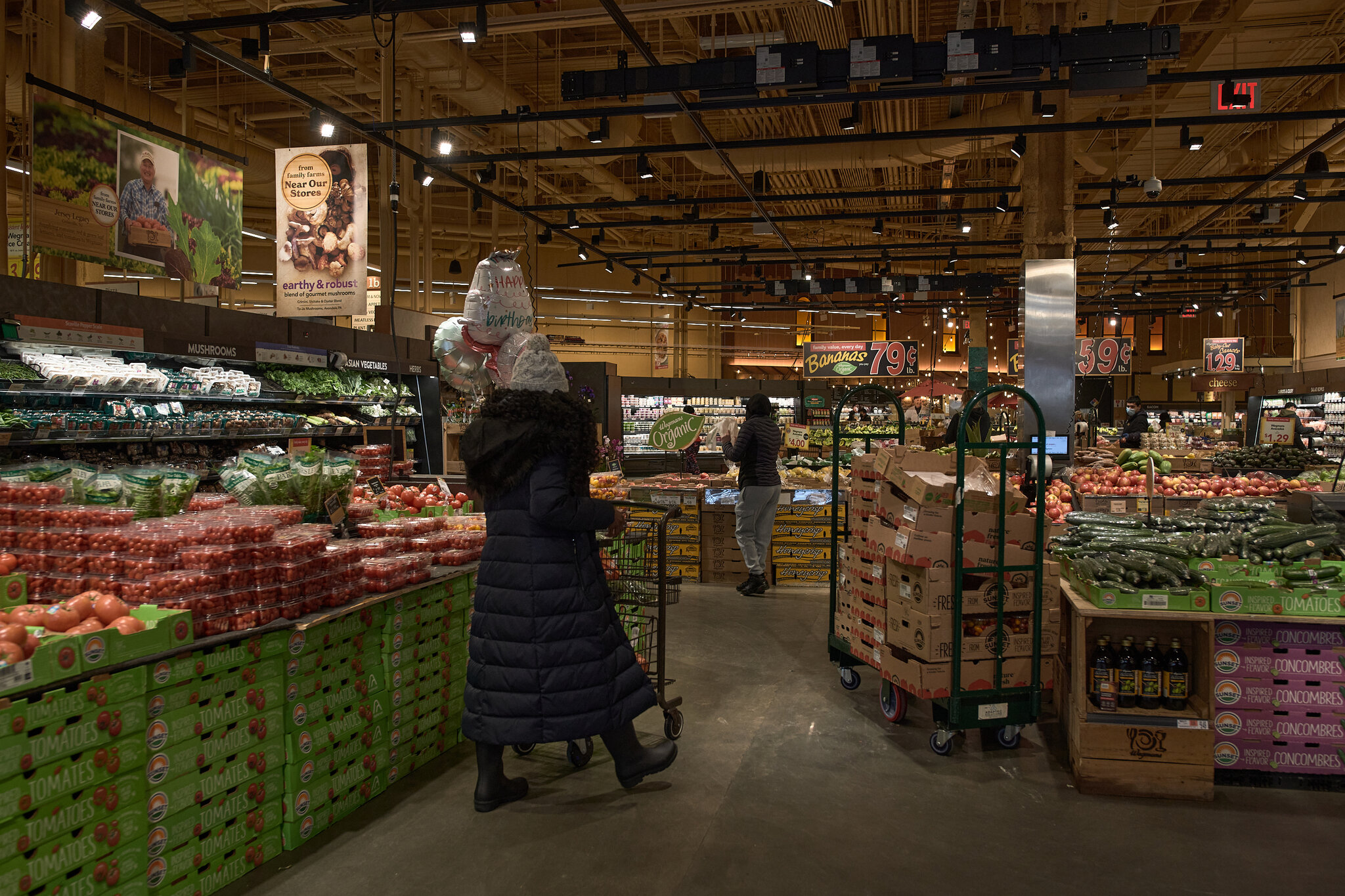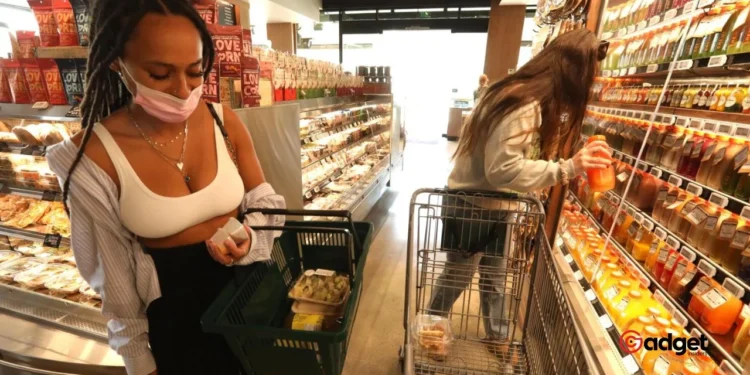City grocery store owners are expressing frustration with New York City officials for permitting licensed fruit and vegetable vendors to operate on the same block as their shops—sometimes less than 30 feet away. This proximity is significantly impacting their profits.

Grocers vs. Vendors: A Growing Tension
In Forest Hills, Queens, a fruit and vegetable stand is situated just 25 feet from a Key Food supermarket on Queens Boulevard between 71st Avenue and 71st Road. Nelson Eusebio, political director of the National Supermarket Association, voiced his concern, stating, “They know they can pick off our customers.” The association represents 600 Key Food, C-Town, Associated, Bravo, and other grocers across the city.
The window alongside the Key Foods displays images promoting the sale of blueberries and asparagus, while the vendor sells the same produce within sight.
Fruit Vendors and the City’s Health Department
There are approximately 500 licensed fruit and vegetable vendors in the city, aiming to provide fresh produce to neighborhoods lacking access, according to the city Health Department. However, grocers argue that fashionable Forest Hills does not lack access to healthy food, making such competition unfair. They also highlight their overhead costs, such as unionized labor, property, and utility bills.

“This is a big burning issue,” Eusebio emphasized. “We’re not against the vendors making a living. But don’t put them next to any store. It’s gotten out of hand.”
Impact on Supermarkets
John Catsimatidis, owner of Gristedes, echoed these concerns, saying that allowing food vendors so close to his stores “destroys our produce department.” He added, “Business is down. Shoplifting is up. A lot of drugstores have closed. Maybe the grocery stores will close.” Both Catsimatidis and Eusebio lamented that neither Mayor Eric Adams’ administration nor the City Council have addressed their concerns.
Community Reactions
Shoppers in Forest Hills are divided on this issue. Paula, a 75-year-old retiree, sided with the vendors, noting her limited income and the lower prices at fruit stands. “Forest Hills is very, very expensive,” Paula said. “Key Food has everything, but prices are high. At the fruit stand, lemons are cheaper, broccoli is cheaper, tomatoes are cheaper, grapes are cheaper.”
“Don’t blame the vendor. They’re looking to survive,” she continued. “These supermarkets make a lot of money. They’re selling a ton of products. They make money on everything.”
On the other hand, Shawn, a Forest Hills office worker, agreed with the grocers that placing vendors on the same block constitutes unfair competition. “They’re taking business from the supermarket. They should give a percentage of the business to the supermarket,” he said.

Vendors’ Perspective
Fruit and vegetable vendors pay a $200 annual permit to operate, plus $300 to $500 to store their carts. Some keep their tables on sidewalks 24-7. Matthew Shapiro, legal director of the Food Vendor Project of the Urban Justice Center, defended the vendors, stating, “It’s definitely competition, but it’s not unfair competition.”
“It’s true that grocery stores have a lot of expenses, a lot of overhead. But they got a lot in return. Vendors get a fraction of the return. We got vendors, farmers’ markets, grocery stores. There’s something for everyone,” Shapiro added.
City Health Department’s Stance
The city Health Department defended the food-vendor program, emphasizing the importance of having various food sources in communities. “It’s important for communities to have a good mix of supermarkets, bodegas, farmers markets, green carts, etc. It’s easier to make healthy choices when healthy, affordable food is readily available,” a Health Department spokesman said.
The clash between grocers and fruit vendors in NYC highlights a complex issue of competition, accessibility, and community needs. As the debate continues, both sides seek a fair resolution that supports all parties involved.









